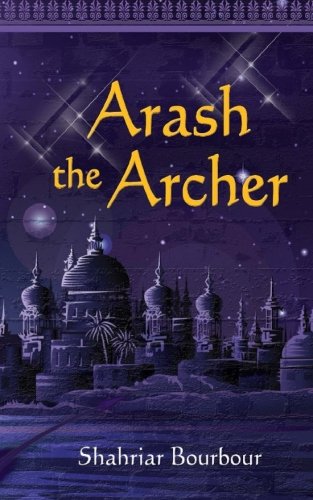
LitPick Review

Arash the Archer is a fictitious story set in the city of Ray in ancient Persia. Arash is a twelve-year-old boy who dreams of being the one and only archer to shoot an arrow all the way to the Oxus River. By accomplishing this, he would settle the war taking place between Persia and Tooran. The Tooran king has mockingly challenged the people of Persia; if any of their skilled archers could shoot an arrow to the Oxus River, that would mark the border between the two countries, and the war would end. Arash knows he can do this, despite the overwhelming obstacles blocking his path. Filled with the helpful mythical queen, Simorgh, and a sinister servant of the devil, this book is an easy read with a captivating storyline.
Opinion:
I opened up this book expecting an amazing action-packed adventure. I turned the last page with disappointment. While this book can be classified as a short story, the plot could easily have been developed into a full-length novel.
The characters are difficult to relate to because the story was so short. For several characters, if not all, I would have liked to have read more about their background or what happened to them emotionally during the story.
The chapters are simple and normally not more than a few pages. Several of the chapters actually felt too short and I do not think they conveyed the main idea as well as they could have if a few more pages had been added. The author sped though multiple conflicts and actions that could have been drawn out and described.
Since this is a story set in Persia, it makes sense that the names used for the characters would also be Persian. However, a pronunciation help at either the beginning or the end of the book would be beneficial to assist the reader in keeping all of the characters and the pronunciation of their names straight.
Despite the shortness and easiness of this book, I would recommend this for children over the age of ten because the plot mentions creatures that are otherworldly. The creatures were not presented as fantasy, but rather as fact. This could cause a young reader confusion and prompt thought-provoking questions

